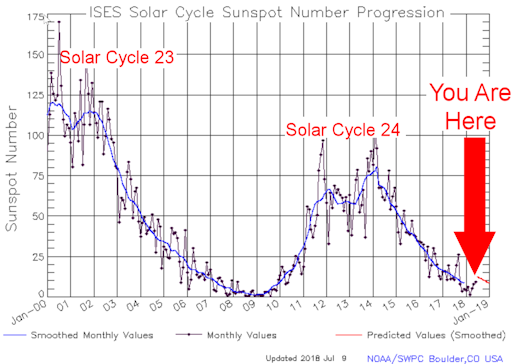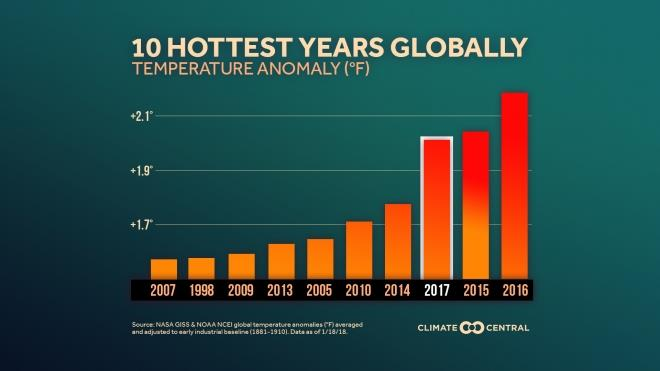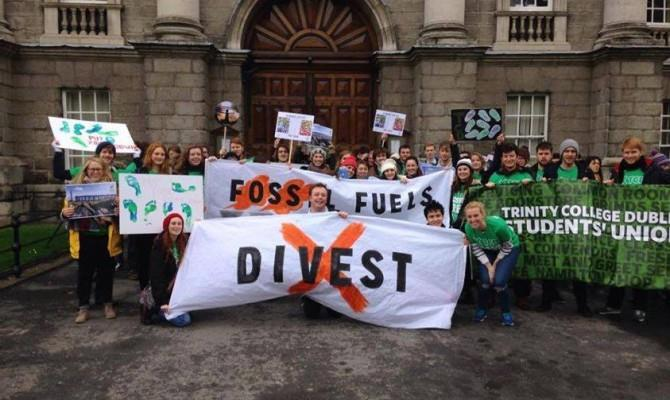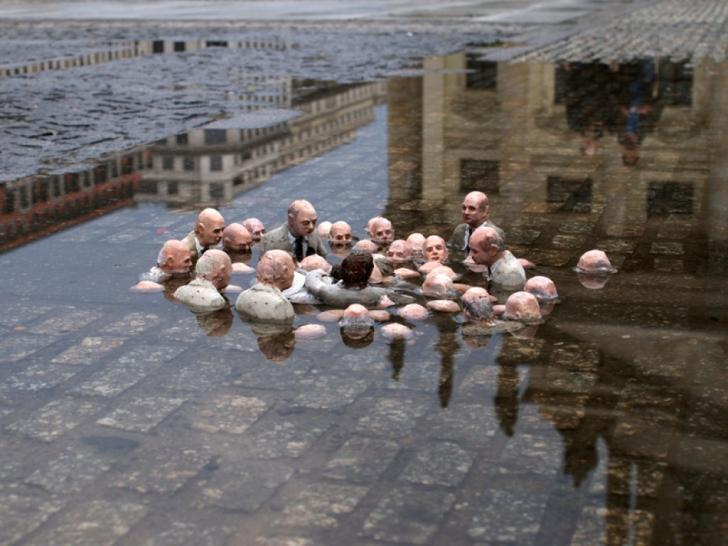Summer, Aphelion, Temperature Extremes: Earth's Climate
We are all long-distance travelers on Planet Earth and on July 7th we passed a milestone of sorts. On that date Earth’s orbit around the Sun was at “aphelion,” which is the point at which Earth is farthest from the Sun. See the illustration here from Wikipedia that shows Earth’s annual trip around the Sun. As a matter of fact we take about a billion mile journey together every year.
Earth does not travel around the Sun in a circular fashion. Indeed, our orbit is elliptical with the Sun off center as can be seen. On July 7 th , we were 3 million miles further from the Sun than we will be in January. This 3 million mile distance means Earth will receive about 7% less sunlight than it will in January when we are in “Perihelion”.
The 23.4 degree tilt of Earth’s axis [not shown] is what gives us the seasons.
Notwithstanding the fact that we are further from the Sun now, Earth’s temperatures have been setting high temperature records. California in late July asked the public to cut power consumption as record high temperatures were forecast with some readings east of San Diego expected to reach well into the 110’s.
Record high temperature readings have been recorded in Siberia, Alaska, Greece, Japan, UK, Sweden, Texas and everywhere in between. In a July 18 article in the New York Times, titled “Summer Heat in India Becomes a Silent Killer,” doctors were attending people that had collapsed in a heat wave of 111 degrees for an extended period. “Extreme heat is devastating the health and livelihood of tens of millions [more people]” from Delhi in the northwest to Calcutta [Kolkata] in the east.
According to the International Labor Organization, by 2030, “extreme heat could lead to a $2 trillion loss in labor productivity.
”A news report from Thomsen Reuters Foundation in Islamabad, Pakistan, May 31, stated that the temperature had reached 122 degrees in the southern province of Sindh setting a new world record for that date according the World Meteorological Organization.
In another record, the city of Quriyat, Oman, in the Middle East, recorded the all-time global highest night-time, low temperature, of 109 degrees on June 28, 2018.
We may be at Aphelion, and further from the Sun, but our atmosphere is now different than it has been in the past. The levels of carbon dioxide, a heat-trapping greenhouse gas, are higher today than at any point in the history of man.
Deniers of human [anthropomorphic] caused climate change have stated that solar sunspot activity could account for the warming of our planet. But, as can be seen from the July 17, 2018 spaceweather.com graph of “Solar Cycle 23” and “Solar Cycle 24,” it doesn’t matter. This graph shows numbers of sunspots over past 18 years, from National Oceanic and Atmospheric Administration [NOAA] dated July 9, 2018. Whether sunspot activity is high [up to 170 in 2000], or low [close to zero in 2009], Earth continues to warm and set annual records.

See bar chart of “10 Hottest Years Globally” from Climate Central. Nine of the 10 hottest years have been since 2007. The story is quite simple; the world is hot, on fire and flooding. Climate change is here. Now.

With all of the complexity of the science and the many disciplines involved, not including the financial investments still being made and the many powerful forces at work to maintain the status quo, it is refreshing to see the success of recent student activity in Ireland.
The photograph, from an article by Lauren Boland of Trinity News in July 2018, shows students from Trinity College, Dublin, with signs “Fossil Fuels” and “Divest.” The student led campaign was successful in having the lower house [Dail Eireann] of parliament agree to sell off fossil fuel companies from the government’s Strategic Investment Fund. The upper house [Seanad Eireann] is expected to approve it soon and make Ireland the first country in the world to divest from fossil fuels investments.
Other companies, colleges, universities, pension funds, churches [Church of England], cities [i.e. New York] and insurers have already taken this “Divest” action, but this is the first country to do so.


Isaac Cordal is a sculptor who has created many works on the theme of climate change. This sculpture titled “Politicians Debating Climate Change,” says it all.
The scientific career of Raymond N. Johnson, Ph.D., spanned 30 years in research and development as an organic/analytical chemist. He is currently founder and director of the Institute of Climate Studies USA (www.ICSUSA.org). Climate Science is published monthly.



